These are the out-of-date foods you DON'T need to throw away
What's in a date?

Lapina/Shutterstock
Reducing food waste is more important than ever – and one way we can all do so is by NOT throwing perfectly edible food away. But when is a food safe to eat, and when should it be consigned to the bin? And what do the dates on food packaging really mean? Here, we reveal the 19 foods that are perfectly safe – and even good – to eat once the date on the packet has passed.
Read on to discover the foods with date stamps you can safely ignore, listed alphabetically from A-Z.
Understanding food labels
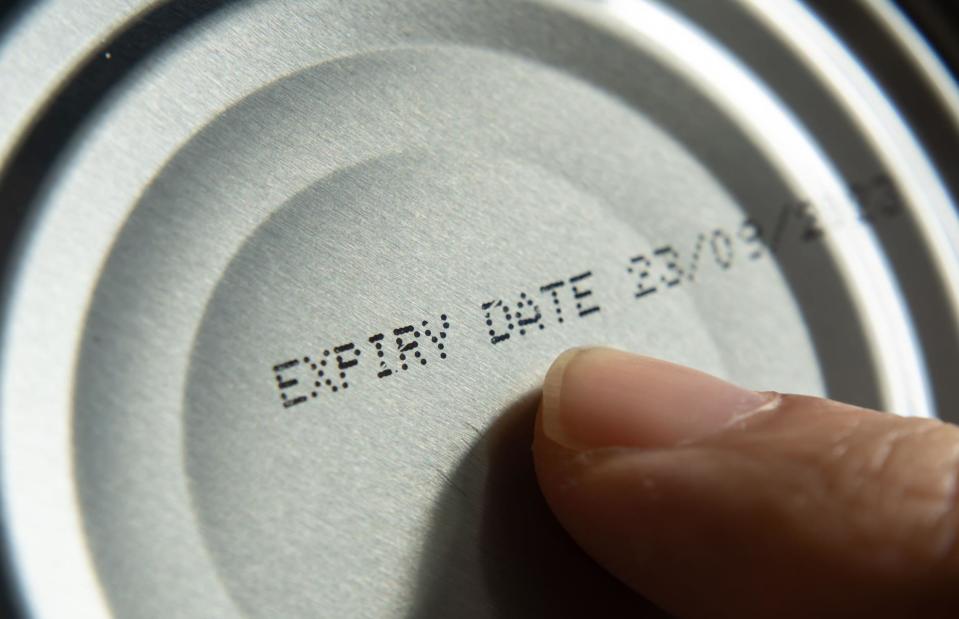
Wachiwit/Shutterstock
So, what do the dates on food packaging actually mean? It’s important to note that in the UK, Australia and Canada, expiry and use by dates relate to food safety; food shouldn’t be eaten after those dates, as it could make you ill. Product dating is not required by law in the US (with the exception of baby formula) and the dates on packaging do not relate to safety.
Trust your senses
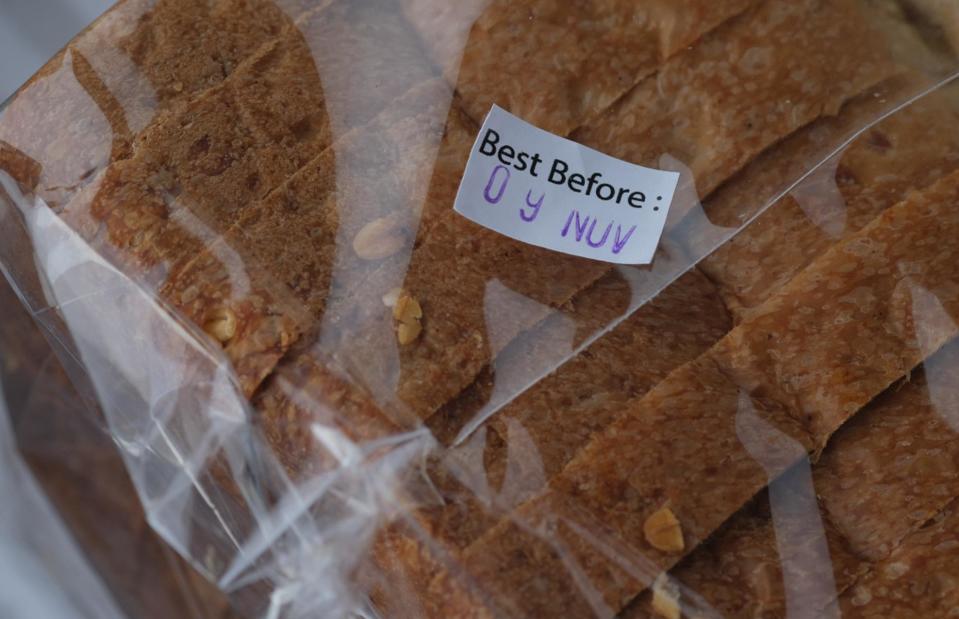
wisely/Shutterstock
Best by, best before and best before end dates, meanwhile, all act as indicators of how long food will still taste its best. These are chosen by manufacturers and can be viewed as a guide relating to quality, rather than a measure of food safety. The crucial thing to remember here is to trust your senses – if a food has an unusual look, smell, texture or colour, it probably shouldn’t be eaten.
Biscuits

Photology1971/Shutterstock
Processed foods like biscuits tend to have a longer shelf-life than the date indicated on the packet. Provided they don’t look or small bad or have a soft, overly crumbly texture, a previously unopened packet of biscuits can be eaten up to six months after that date. Do bear in mind that the taste may have deteriorated, though.
Bread
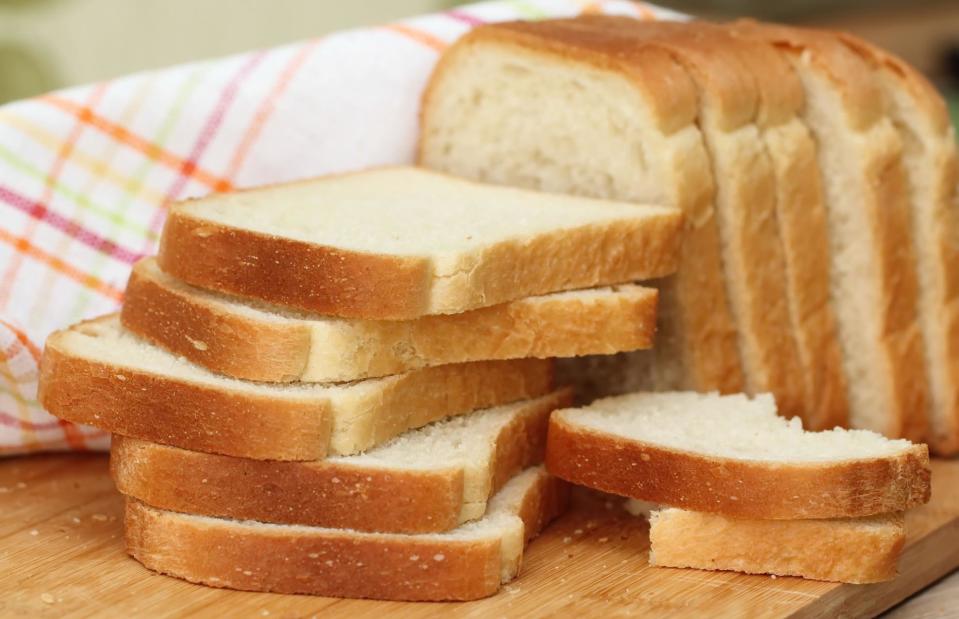
Gamzova Olga/Shutterstock
Providing there’s no mould growing on the surface, bread can be eaten up to a week after the date indicated. As soon as mould appears, though, it’s time to get rid. While you might be tempted to simply cut the mould off, the United States Department of Agriculture (USDA) classifies bread as a porous food, which means it might be contaminated below the surface. Store your bread in sealed containers or bags, and freeze any slightly stale or excess bread for a later date.
Cakes and cake mixes

Paul_Brighton/Shutterstock
Good news if you stumble upon a forgotten about cake – commercially made cakes that have remained in their airtight wrapping and aren’t filled with fresh ingredients (think whipped cream or buttercream) can be safely consumed up to a week after the date on the packet. Boxed cake mixes, meanwhile, are still fine to use up to five months after the date indicated, provided they’ve been stored in a cool, dry place. That said, the cooked cake may not rise quite as impressively as it once would have.
Canned food
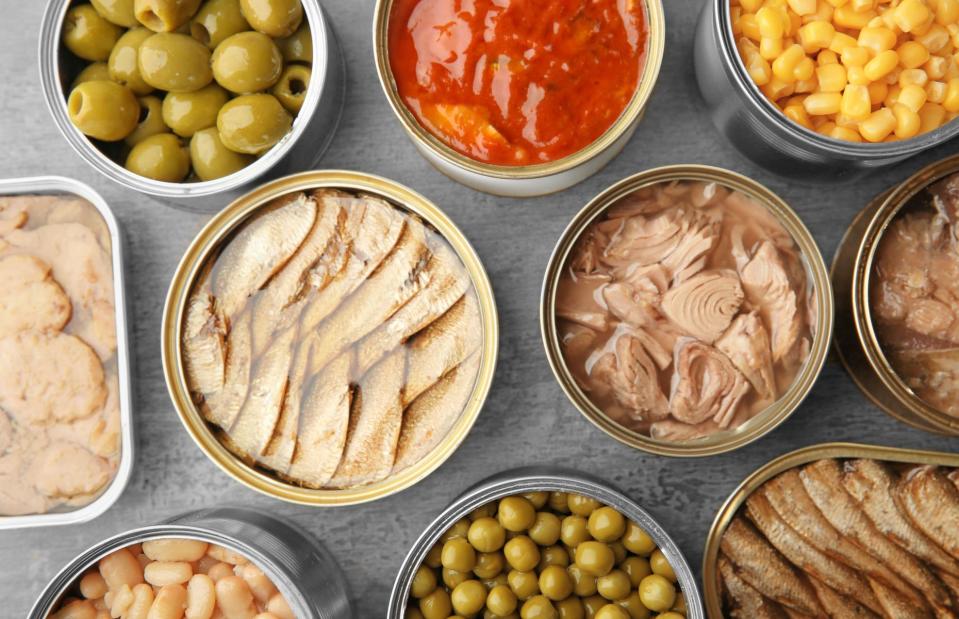
Africa Studio/Shutterstock
In one famous study, scientists opened a 40-year-old can of corn and found that the vegetable looked and smelled perfectly fresh, with nutrition values little changed. While that makes a good story, as a general rule, you can eat high-acid canned goods (like tomatoes and grapefruit) up to 18 months after purchase, while this stretches to five years for low-acid canned goods (pretty much everything else). Always store canned food in a cool, dry place and never eat from a can that’s bulging, badly dented or leaky.
Cauliflowers, carrots and red peppers
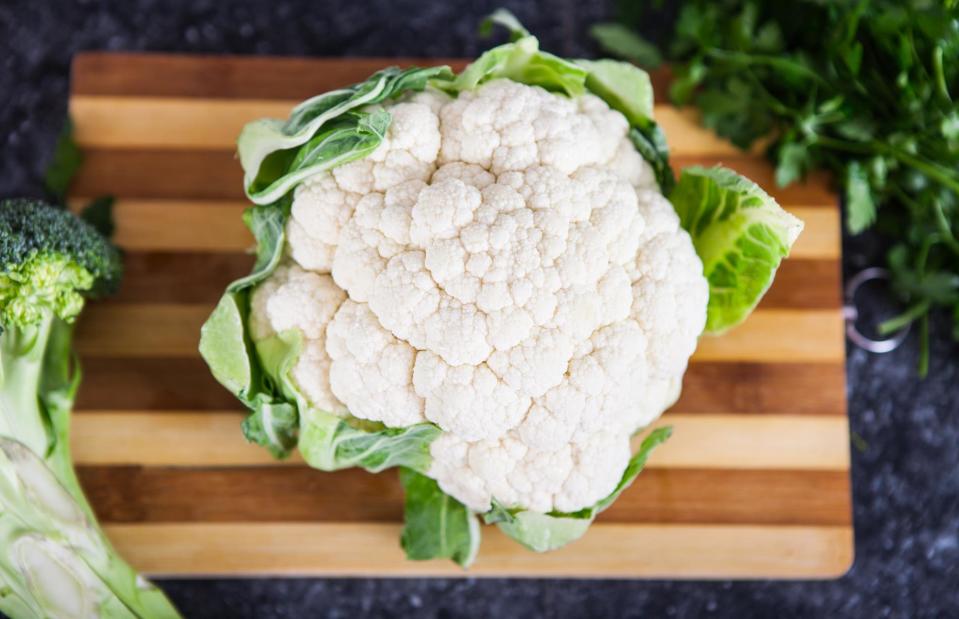
takoburito/Shutterstock
The USDA says that firmer vegetables, such as cauliflower, carrots and peppers, can still be eaten even with a spot or two of mould on – as long as you cut at least 2.5cm (1in) around and below the mould, keeping the knife out of the mould itself to prevent cross-contaminating other parts of the produce. The denser texture of these veggies makes them tricky for the mould to penetrate.
Cereal
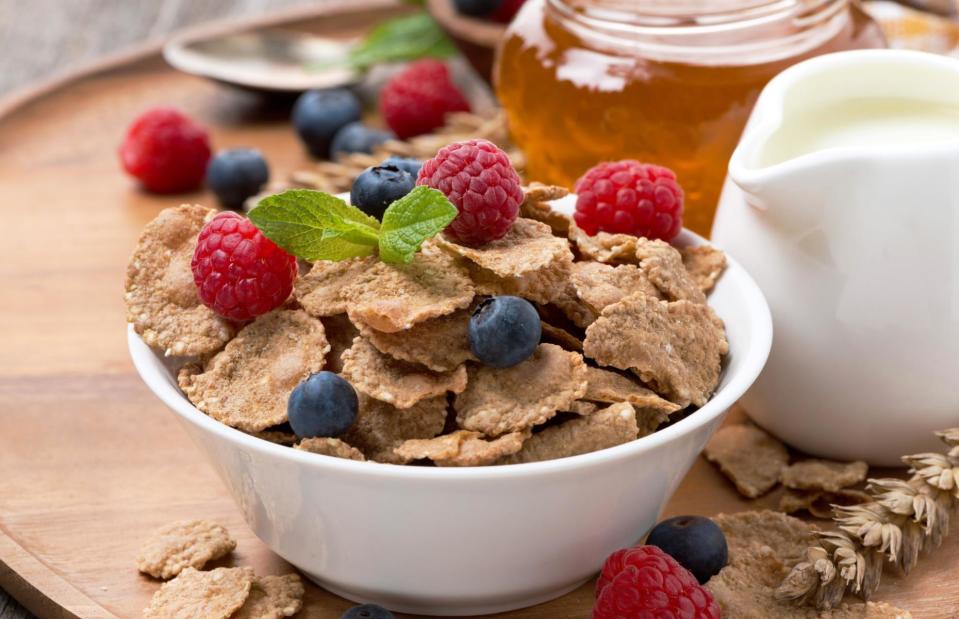
Yulia Davidovich/Shutterstock
Even once opened, it’s likely that your favourite cereal will still be fine to eat up to six months after the date on the packet – so long as it’s correctly stored in an airtight container, away from direct sunlight. While there’s little risk of you getting ill from eating cereal that’s out of date, the taste and texture may suffer. Take a bite as a quality check before covering with milk.
Chocolate
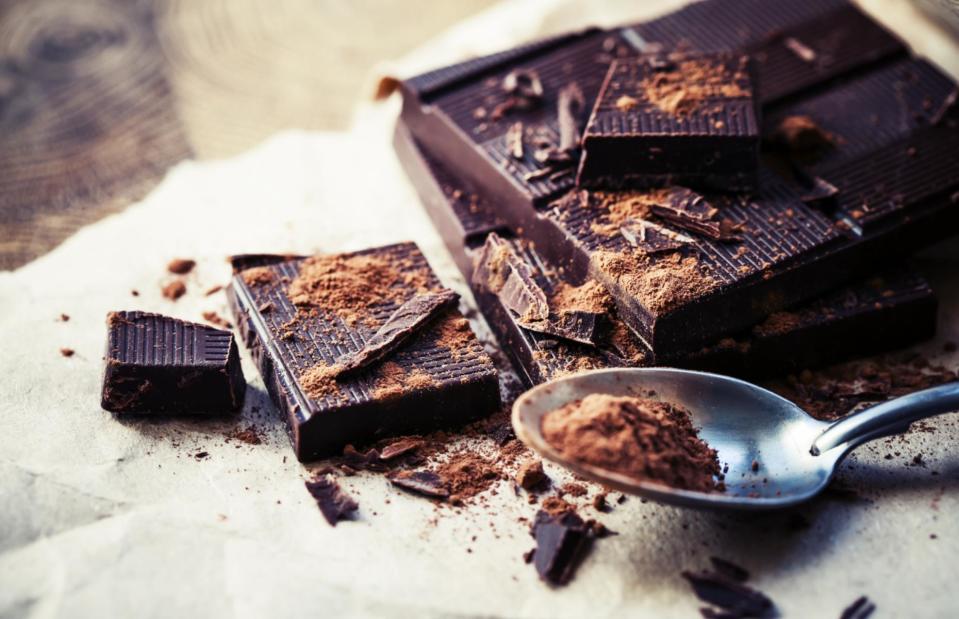
iravgustin/Shutterstock
If the mere thought of throwing chocolate away causes you distress, worry no more; chocolate experts say that, as long as you’ve taken care to store them in a cool, dry place, solid milk, white and dark chocolate bars can be eaten up to six months past the date suggested, although the taste and texture may not be optimal. Even if the bar has developed a white or grey coating (known as chocolate bloom and caused by the separation of cocoa fats), it’s still safe to eat. But, again, taste and texture may be compromised.
Crisps
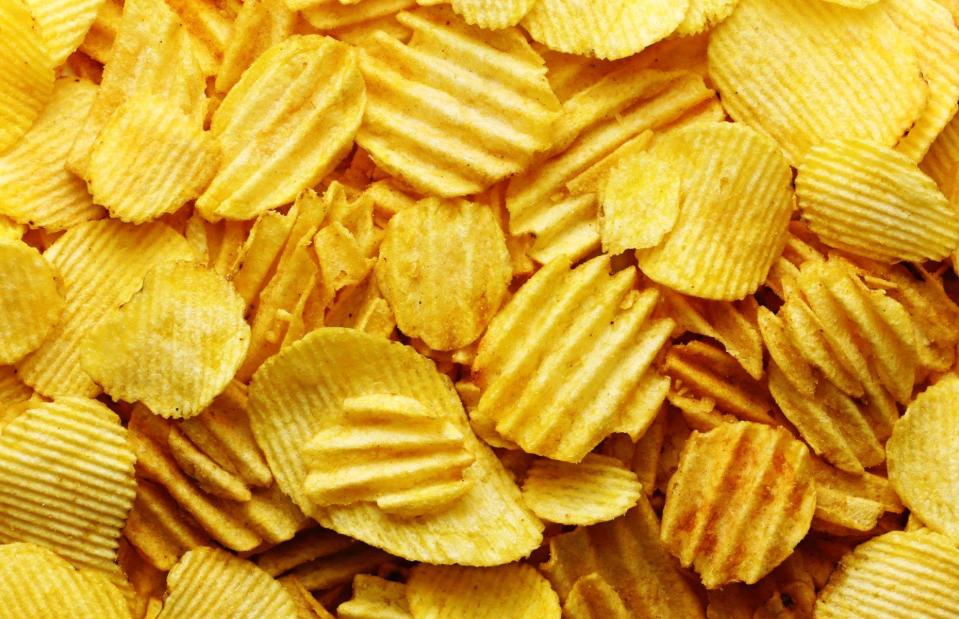
Pavel Kubarkov/Shutterstock
Provided they remain in their airtight packets (complete with special lining that keeps moisture and light at bay), most crisps should be absolutely fine to eat for a good few months after the date suggested. Once they’re exposed to the air, crisps start to lose freshness, become soggy and will eventually turn stale.
Eggs
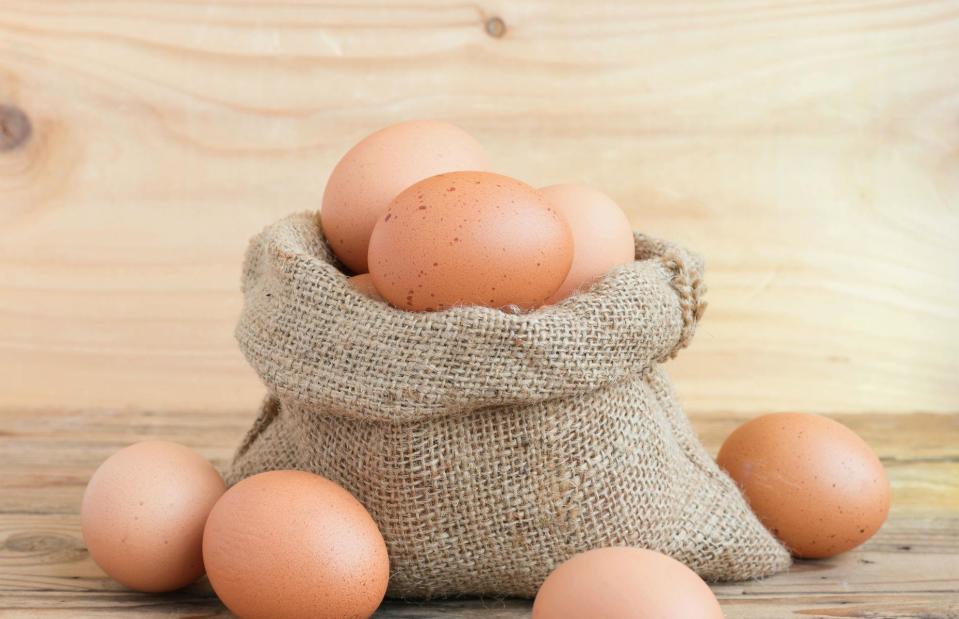
Nanthaphiphat watto/Shutterstock
While they might not be ideal for poaching, experts agree that it’s safe to eat eggs after the date stated on the packet (or on the eggs themselves). The Food Standards Agency in the UK recommends that, after that date, eggs should be cooked until both whites and yolk are solid, or used in dishes where they are fully cooked (think cakes and bakes). Egg industry website egginfo.co.uk advises that if an egg sinks to the bottom of a glass of water, it's safe to eat. However, if it floats, it's likely to have gone off.
Frozen fruit and vegetables
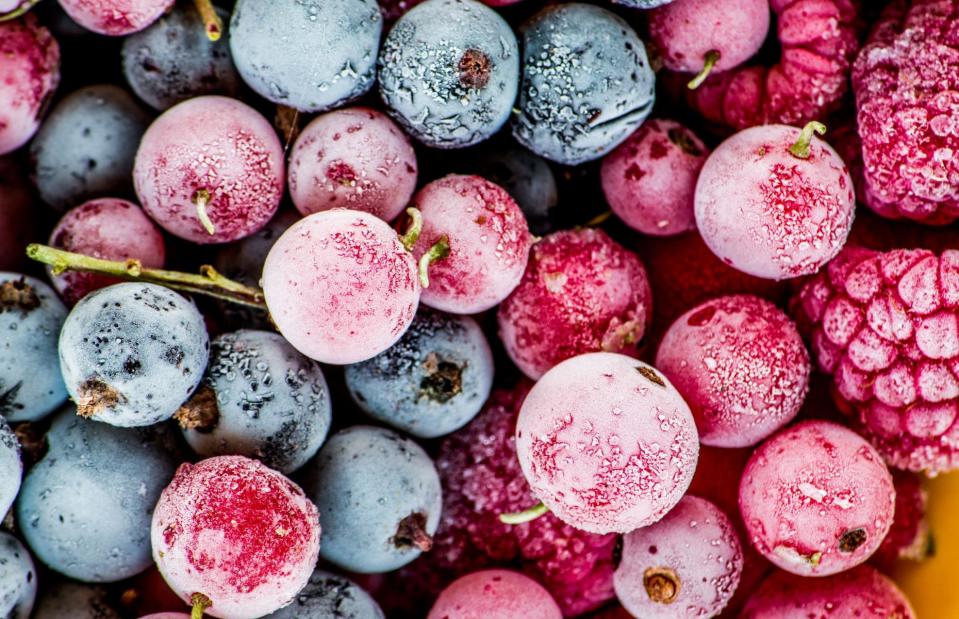
igorsm8/Shutterstock
From garden peas to edamame beans, strawberries to chopped bananas, those bags of frozen fruit and vegetables lurking in the back of your freezer are still safe to eat up to eight months after the date that appears on the packet. If these foods have lost their colour, shrivelled up or are caked in ice crystals, though, they’re best avoided.
Hard cheese

HandmadePictures/Shutterstock
The USDA says that unopened hard cheeses can keep in the fridge for six months and for three to four weeks after unwrapping. Mould spots on hard cheeses like Cheddar can't penetrate far into the cheese – both the USDA and Food Standards Agency say you can cut out a mould spot and safely eat the remaining cheese.
Ice cream

stockcreations/Shuttertsock
There’s no need to consign shop-bought ice cream to the bin if the date on the tub has passed. Providing ice cream is properly stored, it’s likely to last without spoiling for at least two or three months longer. That said, the taste and texture may suffer – ice cream that’s been hanging around for a long time or kept in an overstocked or underperforming freezer can suffer from freezer burn, giving the ice cream an icy texture and making it taste less creamy. In that case, you might want to use it in a smoothie or whizz into a milkshake.
Jam
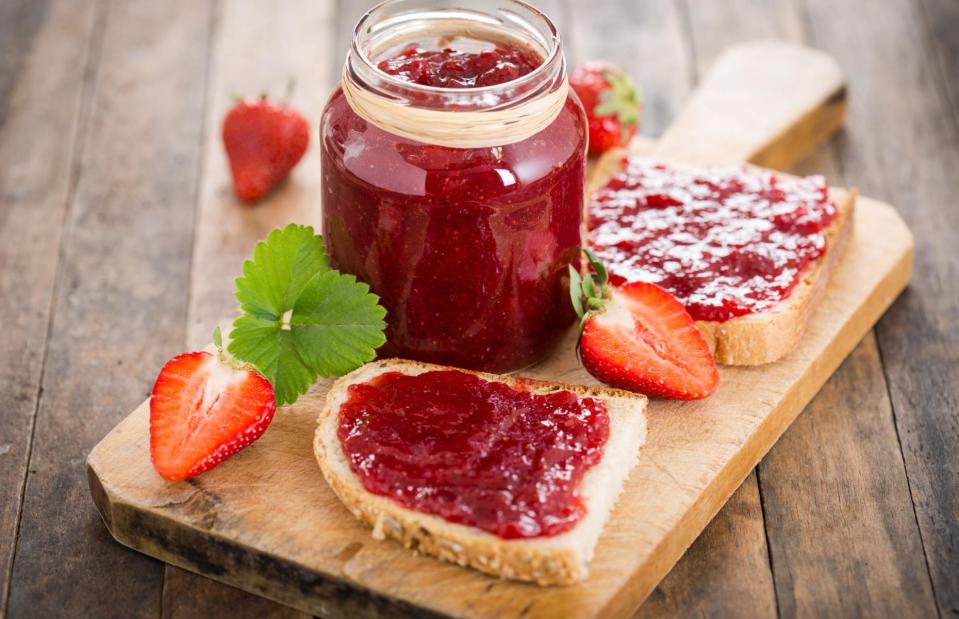
pilipphoto/Shutterstock
Provided the seal hasn’t been broken, jam can be safely slathered on toast up to five years after the date on the jar. If the jar in question shows signs of damage or once opened, has a strange colour or smell, or there’s any sign of mould, consider this a sign that it’s time to treat yourself to a new jar of the sweet stuff. Once opened, jam should be safe to eat for up to a month, if stored in the fridge.
Milk
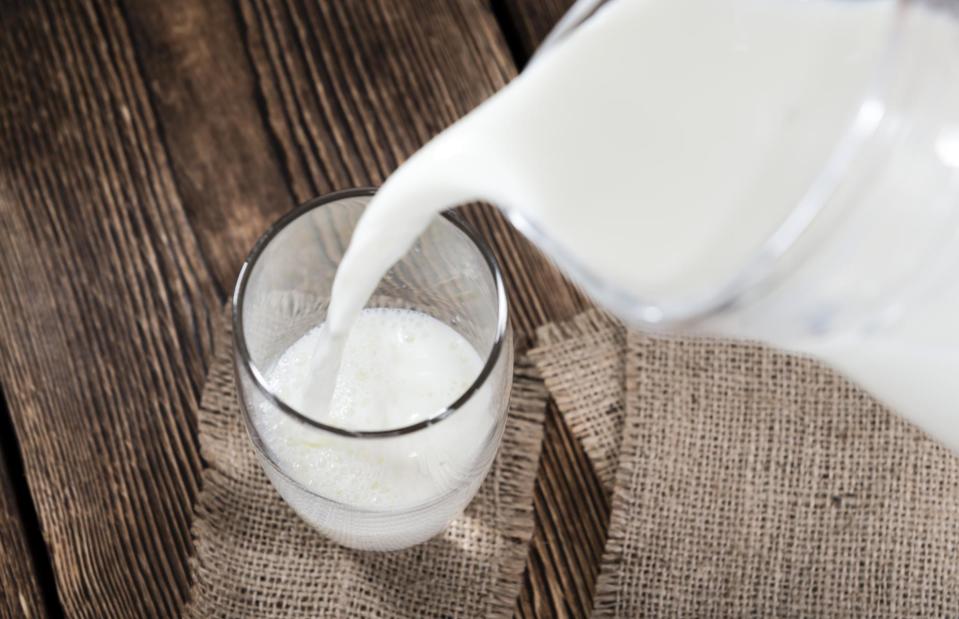
HandmadePictures/Shutterstock
The process of pasteurisation gets rid of harmful bacteria in milk, but bacteria can still grow, especially if the milk is kept out the fridge for too long. However, research suggests that unopened milk, stored correctly, can still be good up to a week after the listed date, while opened milk should be fine for two to three days past that date. If it starts to look, smell or taste sour, or has a strange appearance, that's when to stop drinking it. A sip or two of sour milk, while pretty unappetising, is unlikely to make you ill.
Pasta
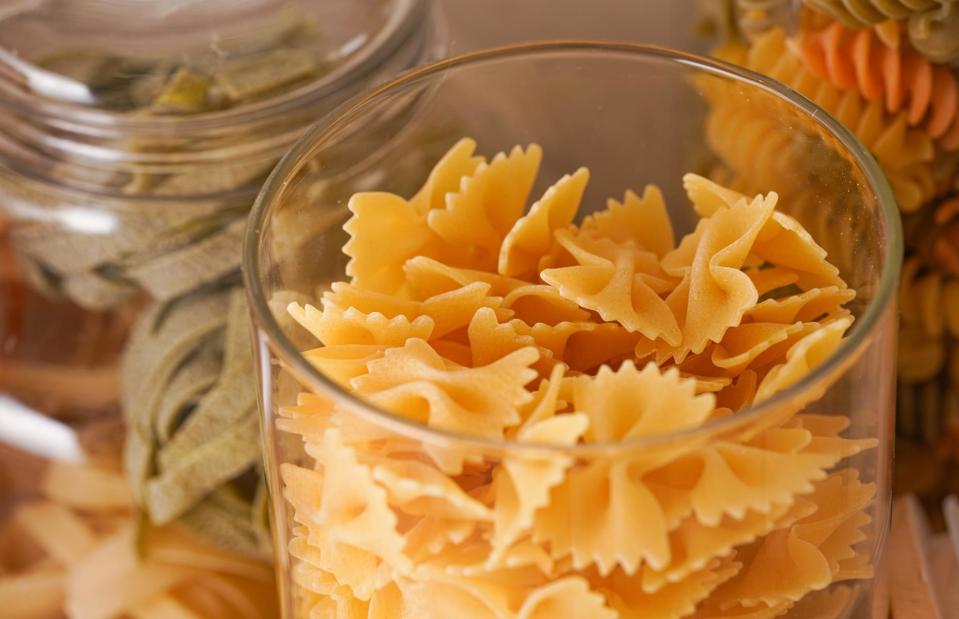
RomanaMart/Shutterstock
Dried pasta doesn’t spoil easily, particularly if it’s kept in a sealed, airtight container. So long as it doesn’t have a strange smell or colour, the likes of dried lasagne sheets, farfalle and penne can be used up to two years after the date indicated, which is good news if you’ve recently discovered a stash hidden away at the back of your pantry.
Peanuts
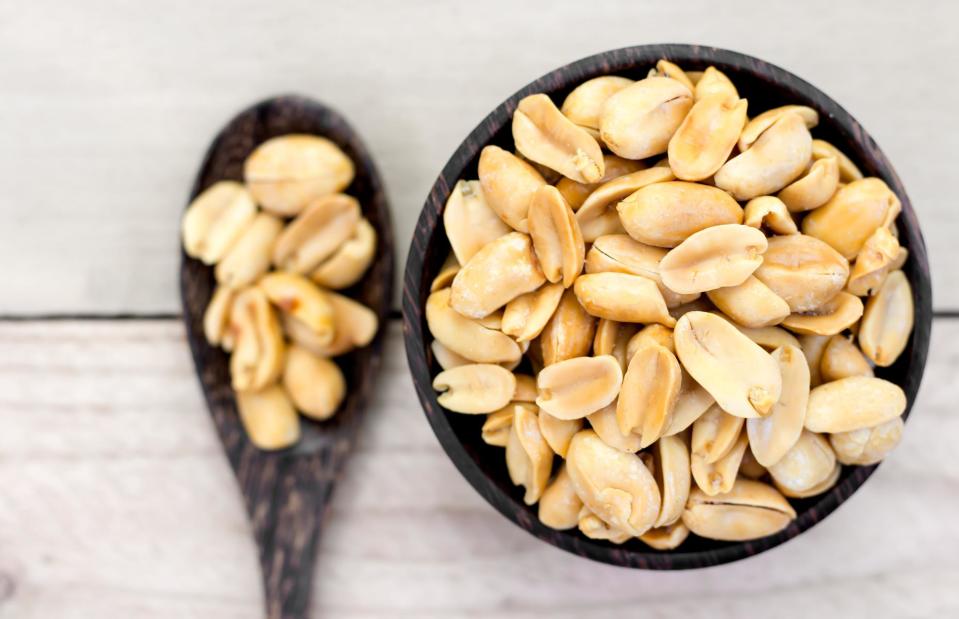
kram9/Shutterstock
You can eat peanuts beyond the date on the packet provided they aren’t soft or rancid. If there’s the slightest hint of mould, or if the peanuts are discoloured, shrivelled, have broken shells, taste or smell bad, throw them away. Should you find yourself with a glut of peanuts, storing them in an airtight container in the fridge will ensure they last for longer.
Pickles
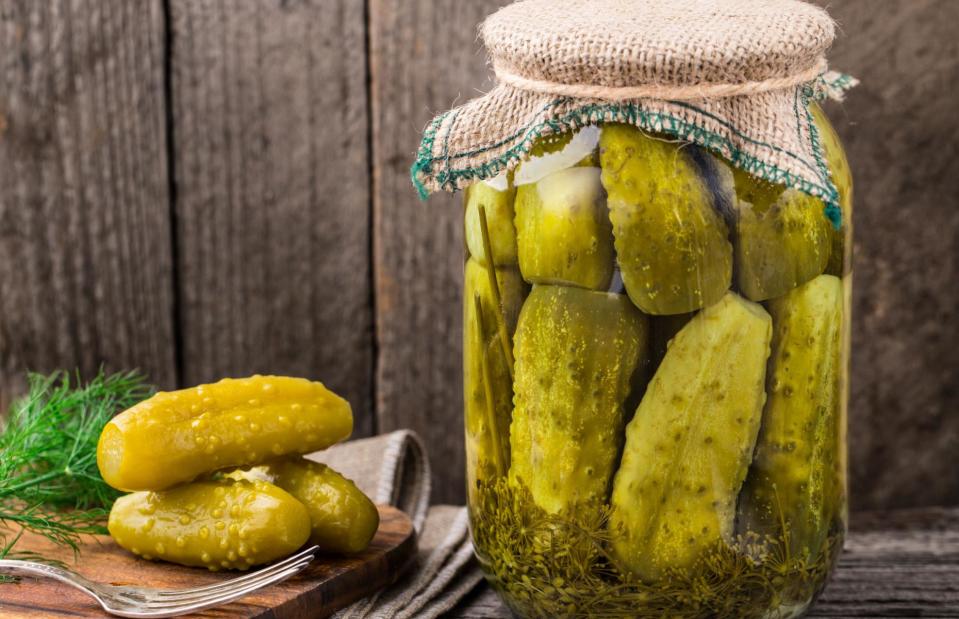
Ivan Danik/Shutterstock
While they may lose a bit of their pep and crunch, pickled vegetables are safe to eat for one to two years past the indicated date, particularly if they’re unopened and stored in the fridge. Given that pickling is an age-old means of preserving foods, this probably comes as little surprise, though it is worth noting that pickled items can still go bad. If the jar has a rounded or dome-shaped lid, it may not have been sealed properly and the ingredient inside won’t be fully preserved.
Pizza

Lapina/Shutterstock
The USDA says leftover pizza slices are good for three to four days. That is, so long as you put the slices you can't manage in the fridge (covered) within two hours of them coming out the oven. If you’ve ordered takeaway and ended up with extras, the same rule applies – remove from the box, transfer to an airtight container and keep in the fridge.
Yogurt
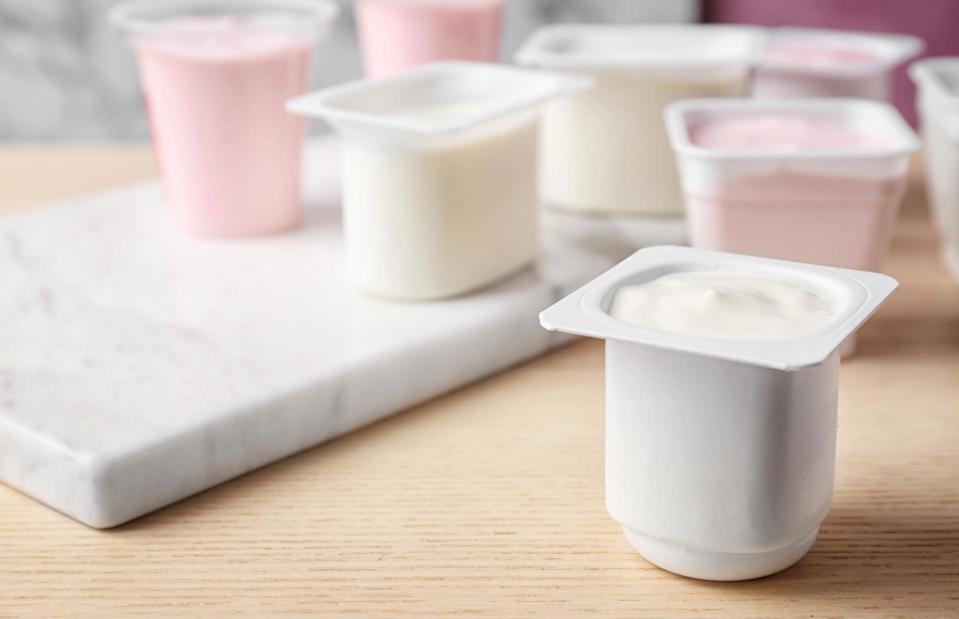
New Africa/Shutterstock
If there’s an unopened, out-of-date tub of Greek or natural yogurt in your fridge, don’t throw it away without a thorough inspection. Experts tend to agree that, rather than going off, yogurt just continues to ferment, becoming tangier and more acidic – and is therefore fine to eat up to two weeks past the proposed date. That said, if there’s a layer of fruit on the top or bottom of the yogurt, it’s best to take heed of that date, because mould can easily grow.
Now discover the foods with expiry dates you should NEVER ignore


